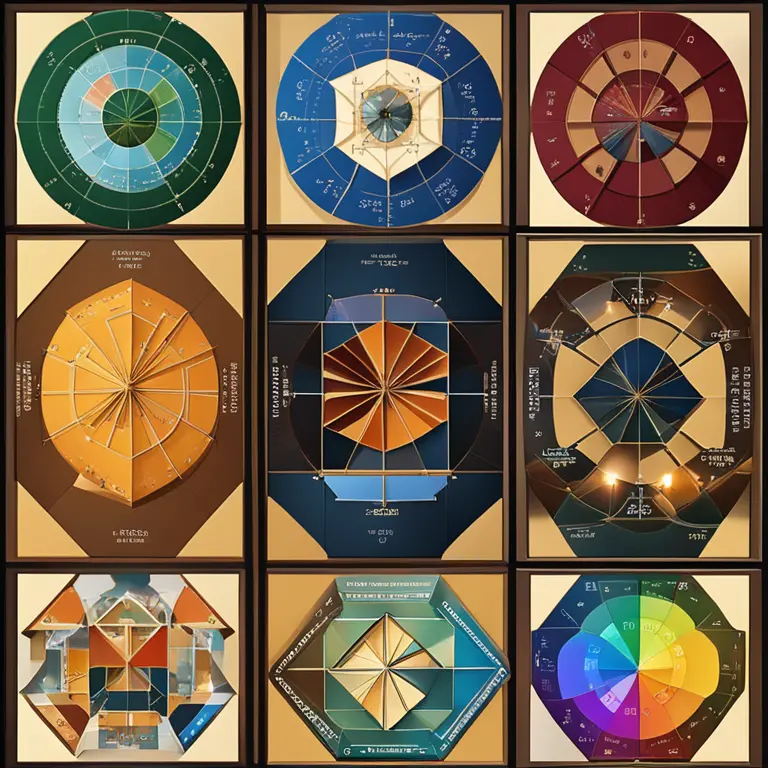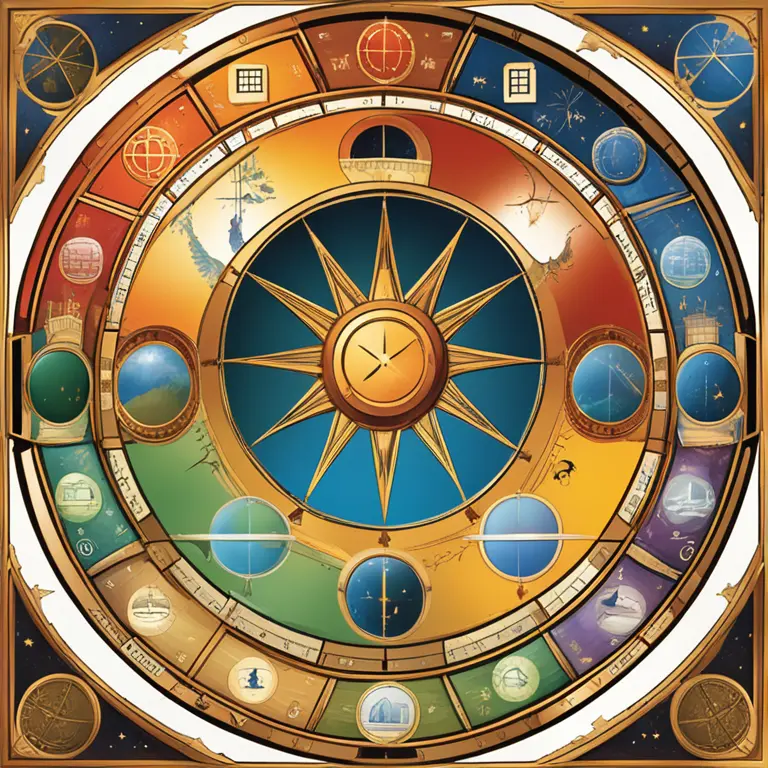
Mastering Birth Charts with Whole Sign Houses
Delve into the precision of whole sign houses and their influence in birth chart interpretation for in-depth astrological insights.
article by Priya Deshmukh
Introduction to Whole Sign Houses
In the rich tapestry of astrological practice, the concept of whole sign houses remains a pillar for interpreting birth charts. This system, revived with the renaissance of traditional astrology, allocates each of the twelve zodiac signs to a house cusp, offering a straightforward mapping of celestial influence. Unlike the Placidus system, which divides houses based on time, whole sign houses align directly with the zodiac wheel, ensuring each house is governed by one sign in its entirety, simplifying the nexus between a person's birth chart and the cosmic energies at play.

The Significance of Whole Sign Houses
With whole sign houses, the ascendant, which marks the first house cusp, sets the stage for the domino effect throughout the remaining houses. This method grants a clear-cut vision into which life areas are impacted by planetary positions, serving as an essential tool for astrologers and enthusiasts alike. The emphasis on sign-based houses rather than degrees makes for an egalitarian approach where each astrological sign gets equal representation, magnifying the specific flavors of experience that define a person's journey through life.

Interpreting Planetary Placements
In a whole sign house birth chart, with each sign housing concomitant segments of life, the presence and interplay of planets within these domains reveal the nuanced narrative of an individual's destiny. Planets positioned in the angular houses of Aries, Cancer, Libra, and Capricorn usually signify more pronounced life events, while succedent and cadent houses portray a subtler but still vital role in personal development. By analyzing these placements, one gains a profound understanding of strengths, challenges, and potentials inherent in their astrological makeup.

Angular, Succedent, and Cadent Dynamics
Angular houses (1st, 4th, 7th, 10th) in the whole sign system are cardinal in nature and are crucial in understanding initiative and primary life concerns. The succedent houses (2nd, 5th, 8th, 11th) follow and shed light on stability and the cultivation of resources. Cadent houses (3rd, 6th, 9th, 12th), being the final group, echo mutable qualities of change and adaptation. This triad of house types provides a framework for examining the flow of life experiences as reflected through the celestial lens of a natal chart.
Compatibilities and Challenges
When investigating relationships using the whole sign house system, astrologers assess the harmony between partners' planets and houses. For example, one person's sun in another's seventh house may indicate a strong partnership potential. Conversely, more challenging aspects, such as a Mars placement causing friction in cooperative houses, highlight areas of potential growth and compromise. The whole sign approach can illuminate paths toward understanding and navigating interpersonal dynamics effectively.
The Evolution of Astrology
As astrology evolves, so too does our approach to its various systems. The resurgence of the whole sign house method reflects a collective desire for clarity and comprehension in astrological practice. Current trends in astrology emphasize inclusivity and accessibility, prompting many to revisit this ancient technique. In the increasingly complex landscape of modern life, whole sign houses offer a lucid perspective, further enriching our understanding of the timeless dialogue between the heavens and human experience.
Published: 1/22/2024
Modified: 1/23/2024
More predictions
Come back here soon to learn more about yourself and your future


Birth Chart Compatibility: Insights for Relationships
Discover how birth charts reveal the cosmic chemistry between individuals, guiding you towards a harmonious connection.


Birth Chart: The Essence of Your Cosmic Blueprint
Delve into the cosmic blueprint of your personality through the intricate details of your birth chart in modern astrology.


The Significance of A Birth Chart
Delve into the significance of a birth chart in the realm of astrology and learn how it serves as a celestial blueprint of your life.